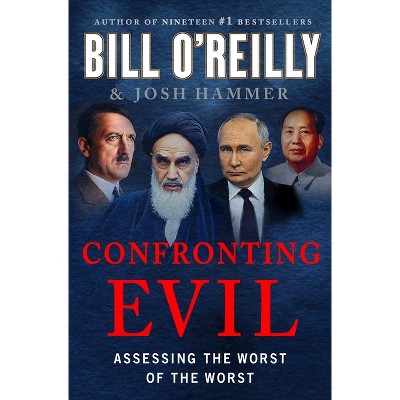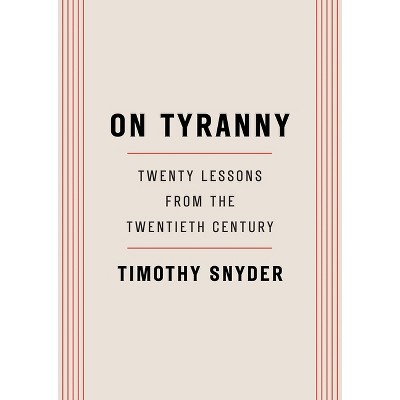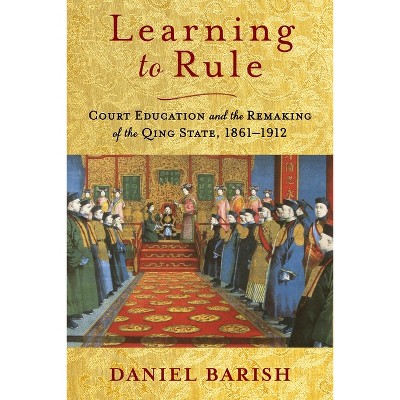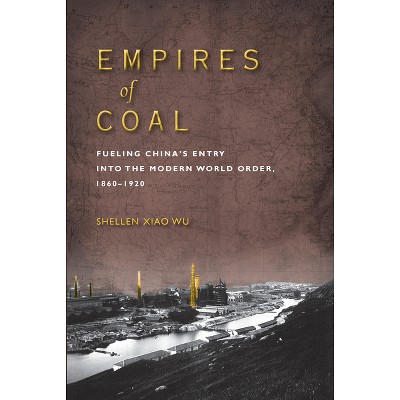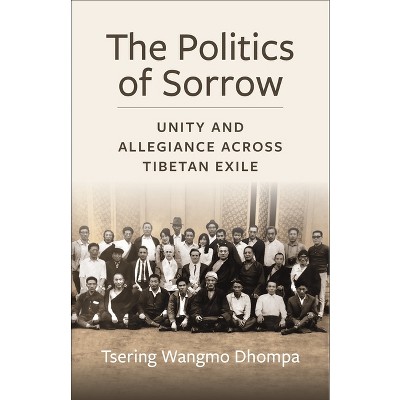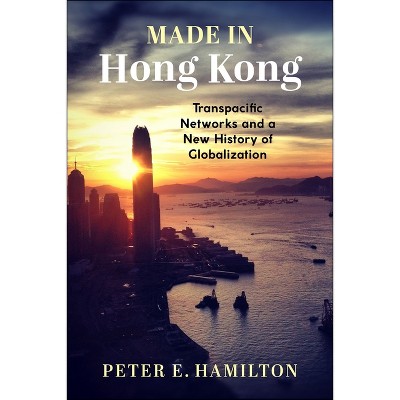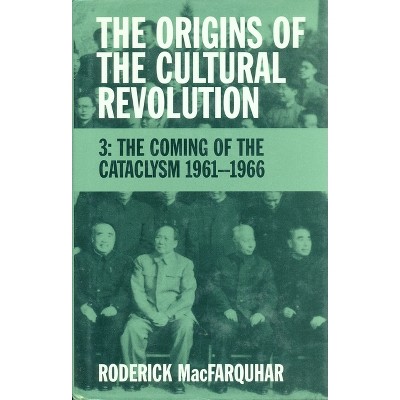Ethnic Conflict and Protest in Tibet and Xinjiang - (Studies of the Weatherhead East Asian Institute, Columbia Un) by Ben Hillman & Gray Tuttle

About this item
Highlights
- Despite more than a decade of rapid economic development, rising living standards, and large-scale improvements in infrastructure and services, China's western borderlands are awash in a wave of ethnic unrest not seen since the 1950s.
- About the Author: Ben Hillman is director of the Policy and Governance Program at the Crawford School of Public Policy, Australian National University.
- 280 Pages
- History, Asia
- Series Name: Studies of the Weatherhead East Asian Institute, Columbia Un
Description
About the Book
Despite a decade of rapid economic development, China's western borderlands have experienced a wave of ethnic unrest not seen since the 1950s. Through on-the-ground interviews and firsthand observations, this volume creates an invaluable record of the conflicts and protests as they have unfolded--the most extensive chronicle of events to date.Book Synopsis
Despite more than a decade of rapid economic development, rising living standards, and large-scale improvements in infrastructure and services, China's western borderlands are awash in a wave of ethnic unrest not seen since the 1950s. Through on-the-ground interviews and firsthand observations, the international experts in this volume create an invaluable record of the conflicts and protests as they have unfolded--the most extensive chronicle of events to date. The authors examine the factors driving the unrest in Tibet and Xinjiang and the political strategies used to suppress them. They also explain why certain areas have seen higher concentrations of ethnic-based violence than others.
Essential reading for anyone struggling to understand the origins of unrest in contemporary Tibet and Xinjiang, this volume considers the role of propaganda and education as generators and sources of conflict. It links interethnic strife to economic growth and connects environmental degradation to increased instability. It captures the subtle difference between violence in urban Xinjiang and conflict in rural Tibet, with detailed portraits of everyday individuals caught among the pressures of politics, history, personal interest, and global movements with local resonance.Review Quotes
A much-needed contribution to the canon of literature on interethnic relations in China.-- "A much-needed contribution to the canon of literature on interethnic relations in China."
A short review cannot do justice to the subtlety of the arguments in this volume, which will be of interest to anyone seeking lucid, innovative explanations of politics, economy, and society in Xinjiang and Tibet. . . . This volume is a model for productive cross-regional scholarship and demonstrates the value of combining deep area knowledge with disciplinary rigor.-- "Pacific Affairs"
A useful and timely contribution to our understanding of these complex and important regions.--Michael Dillon "Ethnic and Racial Studies"
A welcome contribution to the field and essential reading for specialists, policy makers, and graduate students interested in these important regions.-- "Journal of Asian Studies"
An excellent resource: the contributions are consistently strong and empirically rich, and examine a wide range of complementary features of society across the two autonomous regions.-- "International Affairs"
An important and highly useful book.-- "BizIndia"
Highly recommended.-- "Choice"
The body of research produced is undoubtedly of a very high standard, and makes a valuable contribution to the study of the ongoing conflicts in Xinjiang and Tibet.-- "Asian Review of Books"
This is an excellent and well researched book.--Colin Mackerras, Department of International Business and Asian Studies, Griffith University Brisbane, Australia "Journal of Contemporary Asia"
This well presented and important collection of chapters explores aspects of the recent and continuing disturbances in Tibet and Xinjiang based upon research undertaken by academics at various stages in their careers.-- "Asian Affairs"
Ethnic Conflict and Protest in Tibet and Xinjiang is a terrific book. Ten experts take a balanced and clear-eyed view of the conditions and politics behind the recent wave of ethnic unrest in China. It should be required reading for those who would understand the interlocking causes of conflict, including decision makers in Beijing.--June Teufel Dreyer, author of China's Political System
Ethnic unrest in Tibet and among the Uyghurs in Xinjiang is very much in the news and is a subject of great academic and public interest. It is hard to research because the Chinese government limits access to these areas. Nonetheless, these resourceful and courageous scholars have managed to access these regions, find out what is troubling the ethnic minority residents there, and assess how deep the trouble is.--Andrew J. Nathan, coauthor of China's Search for Security
These essays provide detailed study of ethnopolitics in contemporary China based on solid fieldwork and scholarly analysis of regional peculiarities and standardizing policies.--Tsering Shakya, coauthor of The Struggle for Tibet
These studies of contemporary China's relations with the Tibetans and the Uyghurs offer insights on a wide variety of issues, including the Chinese state's policies toward Buddhism and Islam, the causes of conflicts between China and these so-called minority nationalities, the government's economic policies and the ensuing environmental effects, and the possible economic synergies between Chinese and Tibetan and Uyghur entrepreneurs. The authors differ in their opinions about the future, with some providing negative predictions while others are more optimistic, but each furnishes informed analyses.--Morris Rossabi, author of The Mongols and The Mongols and Global History
About the Author
Ben Hillman is director of the Policy and Governance Program at the Crawford School of Public Policy, Australian National University. He has also worked as an adviser to the United Nations on postconflict governance and the inclusion of minority groups in political processes. His books include Patronage and Power: Local State Networks and Party-State Resilience in Rural China (2014).
Gray Tuttle is the Leila Hadley Luce Professor of Modern Tibetan Studies in the Department of East Asian Languages and Cultures at Columbia University. His Columbia University Press books include The Tibetan History Reader (2013), Sources of Tibetan Tradition (2012), and Tibetan Buddhists in the Making of Modern China (2005).Shipping details
Return details
Trending History

